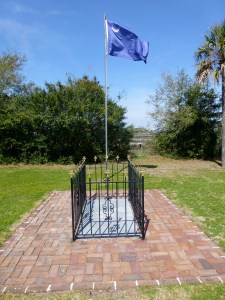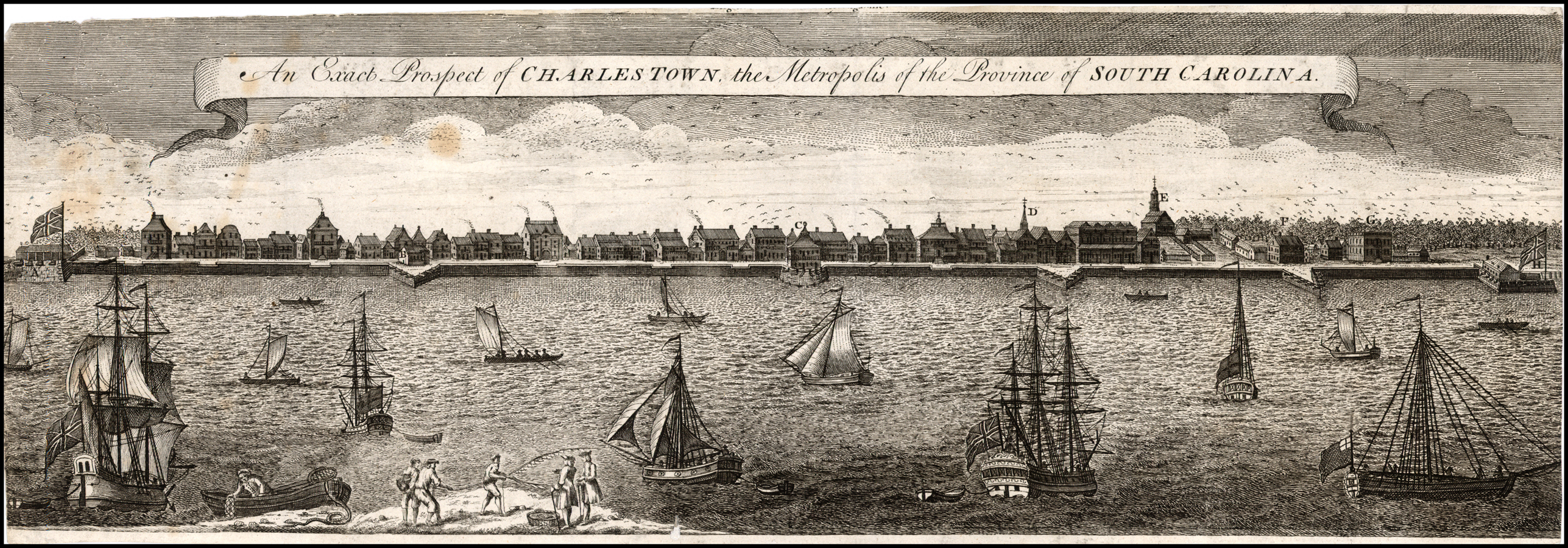1758-Marriage
Rebecca Brewton married Jacob Motte.
1769-American Revolution – Foundations.

William Henry Drayton
An “Association” was published, pledging non-importation of any products of Great Britain, and denouncing anyone who did not sign within a month. Many of the aristocratic leaders were upset by the surge of the mechanics (merchants and tradesmen) in politics, usurped by men they considered their inferior. William Henry Drayton condescendingly wrote in the Gazette:
No man who could boast of having received a liberal education would consult on public affairs with men who never were in any way to study, or to advise upon any points, but rules how to cut up a beast in the market … cobble on old shoe … or to build a necessary house.
Christopher Gadsden pointed out that Drayton was exempted from labor to make a living due to his “marriage to a rich heiress rather than from any merit of his own.” The rally cry of the “Association” became “Sign or die!”
1776-American Revolution
Rev. Robert Cooper, a Loyalist, prayed from St. Michael’s pulpit that “the King might be strengthened to defeat his enemies.”
1776-Battle of Ft. Sullivan
The first major naval battle of the Revolution took place in Charlestown. At 10 a.m. eleven British warships under Sir Peter Parker attacked Ft. Moultrie.

British fleet in Charlestown
Commander Col. William Moultrie termed the situation “one continual blaze and roar, with clouds of smoke curling over…for hours together.” Although greatly outnumbered, and with vastly inferior armaments, the South Carolina troops kept the British fleet from entering the harbor. At the same time the 400 men, managed to hold The Breach, thwarting the British efforts to cross and land troops on Sullivan’s Island.
In the midst of the battle, a British projectile broke the fort’s flagstaff. Sgt. William Jasper “leapt over the ramparts” and,

Sgt. Jasper replacing the flag
shouted, “Don’t let us fight without a color!” In the words of Captain Horry:
Jasper deliberately walked the whole length of the fort, until he came to the colors on the extremity of the left, when he cut off the same from the mast, and called to me for a sponge staff, and with a thick cord tied on the colors and stuck the staff on the rampart in the sand. The sergeant fortunately received no hurt, though exposed for a considerable time, to the enemy’s fire.
As American shot bombarded into the British men-of-war, one round landed on the Bristol’s quarterdeck and rendered Sir Peter Parker’s “Britches…quite torn off, his backside laid bare, his thigh and knee wounded.” The Acteon was grounded and severely damaged. By 9 p.m. Parker withdrew and the reports came in:
- British: 78 dead, 152 wounded. Lord William Campbell was wounded during the battle and later died of his wounds.
- American: 12 dead, 25 wounded.

Battle of Fort Moultrie
1777
The Palmetto Society was organized to celebrate Palmetto Day, June 28, 1776.
1822-Denmark Vesey Rebellion
Denmark Vesey was found guilty and sentenced to hang on July 2. Lionel Kennedy read a prepared statement for the record:
The Court were not only satisfied with your guilt, but that you were the author, and original instigator of this diabolical plot. Your professed design was to trample on all laws, human and divine, to riot in blood, outrage, rapine and conflagration, and to introduce anarchy and confusion in their most horrid forms. Your life has become, therefore, a just and necessary sacrifice, at the shrine of indulgent Justice.
As Vesey stood listening to his sentence, a single tear “trickled down his cheek. He glared at his accusers and muttered, “The work of insurrection would go on.”
That night, Vesey was visited by Rev. Richard Furman who suggested they pray together so that Vesey could die repentant. Vesey refused, telling Rev. Furman that it “was a Glorious cause he was to die in … it is no use to say any thing more.”
1978

William Moultrie grave, Ft. Moultrie
The remains of Gen. William Moultrie were re-interred on Sullivan’s Island near the water at the Ft. Moultrie Visitor Center. Today, William Moultrie’s grave is marked by a flagpole and a tombstone enclosed by iron fencing. The grave is seen by thousands of people each year.





















